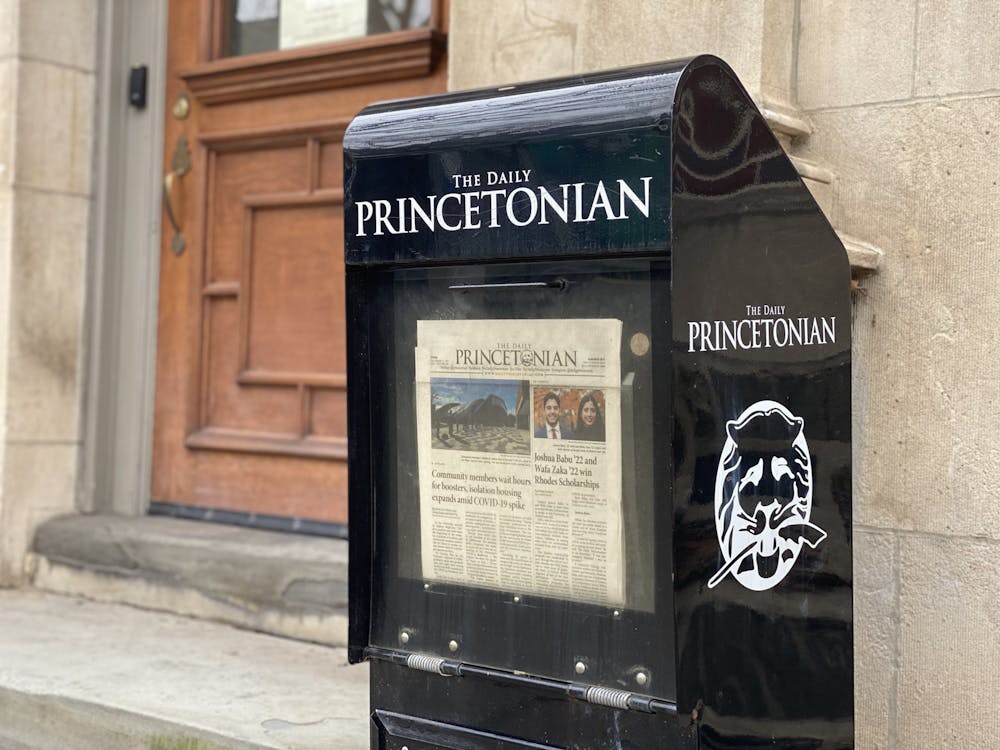When the rumors erupted about a Duke freshman moonlighting as a porn star, the student in question, Belle Knox (her professional name), further fueled the fire when she was interviewed in Duke’s student paper, The Chronicle. After that article and a second article, in which she explained why she found performing in pornography empowering, debate propagated nationwide on college campuses and beyond. As Knox was interviewed on CNN and elsewhere, people were discussing whether or not her stance on porn and empowerment was completely aligned with feminist goals. And while this is an important conversation to have, it seems foolish to ignore the reason why Knox, a women’s studies and sociology double major who aspires to be a lawyer, decided to join this controversial industry to begin with: college tuition.
In every article and interview, Knox explains that she entered the porn industry because she needed money to pay for her Duke education. Though she received some financial aid, it was not enough to make attending Duke a reality. As The Chronicle highlights, “at a private, top-10 university like Duke where the full cost of attendance is steadily creeping to $60,000 a year, [Knox] said she turns to the adult film industry to help supplement her financial aid.” In her column in xoJane.com, Knox explained she turned to porn because her family “has undergone significant financial burdens,” and she saw a way to graduate from her dream school free of debt, doing something she “absolutely love[s].” Most people take notice of the last clause, that she loves performing in pornography. But it is that first part that worries me.
I grew up in the Maryland suburbs of Washington, D.C. and attended an International Baccalaureate program that has a great record of getting students into top schools around the country and the world. Despite their success in admissions, 65 of 128 students who reported to our student newspaper where they were attending college the next year said they were going to one of the two campuses of our state university, the University of Maryland. That is over 50 percent of our college-bound class, and it does not include those attending other in-state schools that charge a relatively low in-state tuition. Many of these students turned down schools like Brown, the University of Chicago, NYU, McGill and Vanderbilt purely due to financial restrictions.
Universities, including Duke and Princeton, like to brag that they “meet all demonstrated need.” But schools base this on what they believe is required to make attending their school feasible. Many students and families believe they need more than what they are offered in order to make attending certain schools possible and worthwhile. Colleges with high tuitions must do more to make enrollment among low-income and middle-income students reasonably feasible.
The University must ensure that its financial policies are entirely, rather than just partially, aligned with the goal of increasing enrollment among lower-income and first-generation students. Given its per-student endowment, there is no excuse for the University not to offer more aid in the “demonstrated need” category and lower the expected family contribution, as well as recruit more low-income students and provide greater assistance for expenses like eating club initiation fees for sophomores. Princeton should be prioritizing financial aid even more if it truly wants to achieve the diversity it claims to strive for and if it wants its yield to reflect the diversity of its acceptances.
According to Dean of Admission Janet Rapelye, the University does indeed aim to attract more low-income students. When the Class of 2018 admission statistics were released, Rapelye said: “We are hoping we’ll have more low-income students. We took the research that [economist] Caroline Hoxby did quite seriously. We have admitted more students who participated in the LEDA program and who participated in QuestBridge.” Although the admissions announcement in March does not provide specific statistics regarding the yield of low-income students (unlike the September announcement for the Class of 2017), it would not surprise me if there was a significant difference among lower- and middle-income students accepted versus actually attending Princeton and its peer institutions.
As I watch my younger friends struggle with the same tough decisions this month, I urge the University to consult with the students being offered financial aid packages (and even those who aren’t) and reconsider what they establish to be “demonstrated need.” With all the money the University has, potential students shouldn’t feel compelled to attend a different school due to finances. And theycertainly shouldn’t have to consider turning to pornography just for the sake of paying tuition.
Marni Morse is a freshman from Washington, D.C. She can be reached at mlmorse@princeton.edu.







